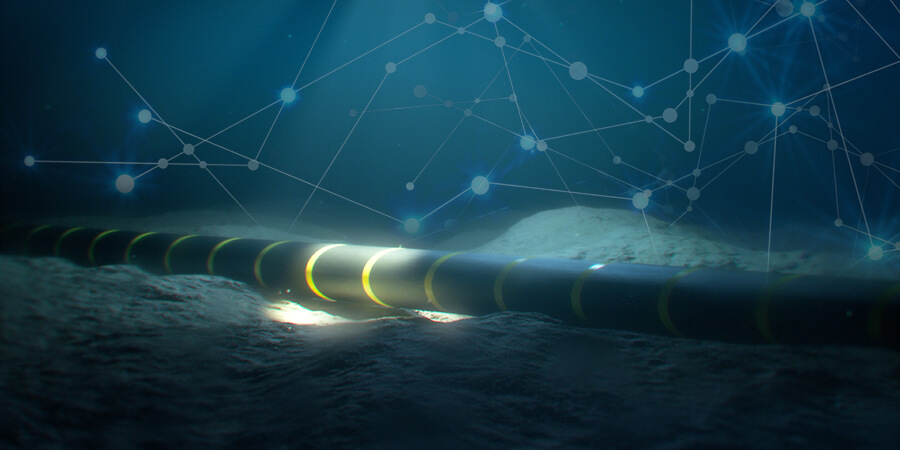The Asia-Pacific region has always been a hub of innovation and change, and its entertainment industry has been no different. With technology advancing quickly and a growing desire for digital content, the entertainment scene in Asia Pacific has undergone a significant transformation. The telecom sector is at the center of this change, playing a crucial role in shaping the future of entertainment throughout Asia Pacific.
Featured Articles
Steady Climb: The Factors Behind Growing Data Center Demand in China
China's booming data center ecosystem has played a significant role in the country's quick and steady rise towards becoming a global technological powerhouse.
APAC Telcos Update Q2 2023: Revenue Growth and Challenges
In this exclusive two-part series, Telecom Review shares a thorough analysis of the performance and trends in the Asia-Pacific region's telecommunications industry during the second quarter of 2023.
A Blend of Progress and Challenge: Global Telecom Vendors’ Q3 Financial Performance
In this exclusive three-part series, Telecom Review continues to share a comprehensive evaluation of the Q2 2023 performance of prominent global telecom vendors, including Cisco, Ericsson, Huawei, Nokia and ZTE.
Telecom Vendors Elevate R&D Efforts in Q2 2023
In this exclusive three-part series, Telecom Review continues to share a comprehensive evaluation of the Q2 2023 performance of prominent global telecom vendors, including Cisco, Ericsson, Nokia and ZTE.
Why the Subsea Cable North Route Opens More Possibilities
By Brendan Press, chief commercial officer of GBI
Asia-Pacific Sporting Events Maximize Reach With Next-Gen Technology
In today's digitally connected world, there is a higher demand than ever for real-time information, communication and media consumption during sporting events. This is especially true in the Asia-Pacific region, where some of the biggest and most-viewed sporting events occur. Such a media appetite can include fans sharing their excitement on social media, journalists providing live updates on various platforms, and organizers coordinating logistics behind the scenes. The need for seamless connectivity is crucial in order to meet these various and far-reaching demands.
5.5G (5G-A) Emerges as the Future of Mobile Communications
The evolution of mobile communications technologies has seen a new generation appear roughly every 10 years, with half-generation technologies emerging every five years. Each generation introduces key, iconic technologies, such as TDMA and CDMA for 2G and 3G and OFDM, MIMO and SDR for 4G. 5G has introduced massive MIMO, polar code and URLLC as its key technologies as well.
Forging the Future: How Submarine Cables Lay the Groundwork for Digital Transformation in Asia
Communicating with people all over the world has become so convenient that it’s sometimes taken for granted. Instant messages, high-definition video calls and high-speed internet applications have become such a necessity that almost everyone seeks access to them. Behind this technological advancement is a massive and sophisticated network of underwater cables responsible for making all this run smoothly. These crisscrossing subsea cables have transformed the way we interact, share information and do business on a global scale.
The Vast Network Below: A Closer Look at Submarine Cable System Projects in Asia
A submarine communication cable is a fiber-optic cable constructed underwater to connect two or more landing locations. Today's cables typically consist of optical fibers that carry information. These fibers are then covered in silicon gel and sheathed in various layers of plastic, steel wiring, copper and nylon to provide insulation for the signal and shield the cable from damage from animals, anchors, fishing, weather and other natural occurrences. Submarine cables are designed to offer high bandwidth and low latency. They provide high reliability and greater security, as they are difficult to tap into.


















